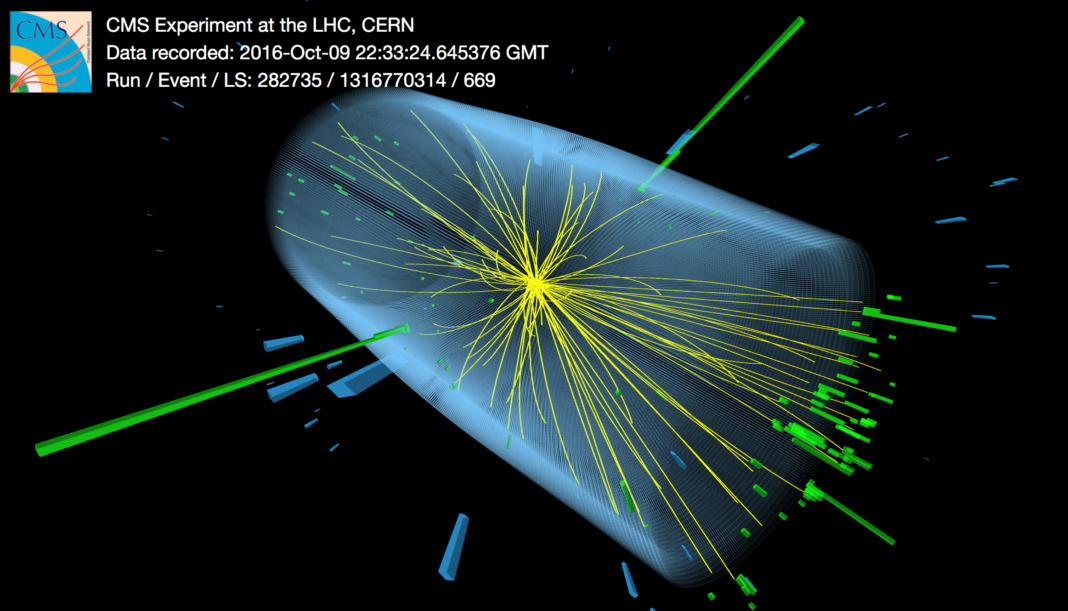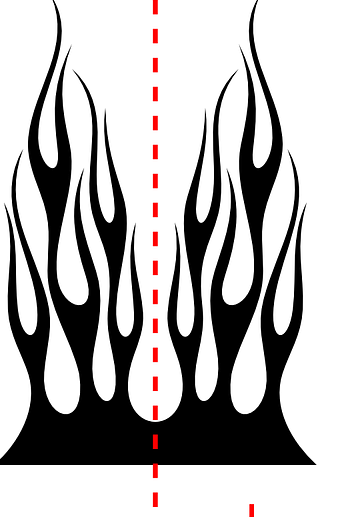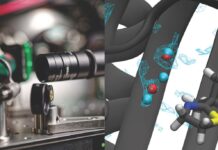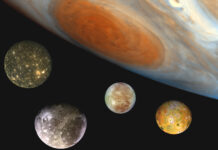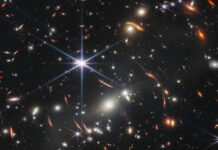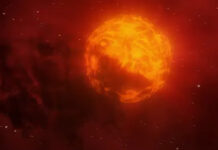The Standard Model has been outstandingly successful in predicting the subatomic world, but, at the same time, it does not explain gravity and mysteries such as dark matter and dark energy. These mysteries are associated with physics beyond the Standard Model or “new physics.” But, behold, the Standard Model also has problems, or better say puzzles, on its own.
In an article published last week in Physical Review Letters (open access), two scientists at CERN offer a creative way to explain two old Standard Model enigmas. One of them is associated with symmetry violation in strong interactions—which helps understand why we see more matter than antimatter—but keeps on dodging the experiments. The other one has to do with the observed mass of the Higgs boson, which resulted way too small from what scientists expected.
The mystery of the Higgs’ mass
The theoretical framework of the Standard Model does not predict the mass of subatomic particles; however, physicists have other ways to estimate such numbers.
In the Higgs boson case, physicists use dimensional analysis, a rule of thumb method to estimate numbers you cannot obtain from direct calculations. It helps to propose how to build experiments and what to look for. Dimensional analysis considers the known and well-measured universal constants such as the velocity of light in the vacuum, the Planck constant, which becomes very relevant in quantum phenomena, and the gravitational constant. The trick is to combine them to produce a number with the units needed; in this case, units of mass. The Higgs’ mass estimated in this way makes sense within the Standard Model, but experiments always have the last word.
In 2012 the world celebrated the experimental find of the Higgs boson, but with a mass that is about ten times a quintillionth (19 zeros!) lower than expected in the dimensional analysis.
Moreover, introducing the actual mass in the Standard Model equations requires a very uncomfortable or “unnatural fine tuning” process to remove unwanted mathematical terms.
Strong interactions non-violation problem
In physics, the laws of nature should be the same for observers that change their position in certain ways: translates, rotates, etc. Scientists phantom these changes as symmetry transformations of spacetime. Moreover, the laws of nature should be the same if we do several symmetry transformations, one followed by another like first translating and then rotating. Inverting the direction of the reference frame (or reflection) is also a symmetry of spacetime. Physicists called this symmetry “parity (P).”
P: (x,y,z) —> (-x,-y-z)
There is no theoretical reason for nature to be different under this transformation. Imagine looking at particles into a mirror and that the mirror world was different; that sounds impossible!
In 1956, theoretical physicists Tsung-Dao Lee and Chen-Ning Yang proposed to evaluate experimentally if party symmetry holds in electroweak interactions. Chien-Shiung Wu (Madame Wu) designed the experiment and discovered that, effectively, parity symmetry does not hold in that case; shocking renowned physicists like Wolfgang Pauli, who claimed that it was impossible. In the following year, Tsung-Dao Lee and Chen-Ning Yang became Nobel Prize in Physics winners.
At the subatomic level, another symmetry becomes relevant; it is called charge-conjugation, which is an operation that replaces all particles with their antiparticles (C). In theory, the laws of nature should be the same whether the universe is made out of particles or antiparticles. However, experiments show that the combined symmetry where first particles are swapped with their antiparticles and then considered a parity transformation (CP) is violated in electroweak interactions. For this discovery, James Cronin and Val Fitch were awarded the Nobel Prize in Physics 1980.
At this point, you may think that this is a disaster for particle physics. Actually, it is not since it may help explain why we observe more matter than antimatter. But wait, no experiments show that CP-symmetry is violated in strong interactions. In fact, many experiments show that it is a solid symmetry of the strong interactions (strong CP). So why is that? This is a big old puzzle, and so far, there is no satisfactory explanation.
A multiverse model to explain “naturalness”
In their article, Raffaele D’Agnolo and Daniele Teresi explore an idea they called “Sliding Naturalness,” which has interesting cosmological consequences. They propose a landscape of different Higgs masses and “degrees” of strong CP violations (physicists use an angle to quantify CP-symmetry) in the early Universe. They also consider different values of the cosmological constant, which is a number that tells you how the Universe behaves as a whole. “Different patches of the Universe have different values for these quantities,” they wrote.
From the cosmological point of view, the duo interprets these “patches of the Universe” as a multiverse. They found that, with their prescription, universes with large Higgs’ masses and large angles of strong CP symmetry always collapse within a very short time; some of them even before any subatomic particle (other than the Higgs) came into existence. But universes “with small Higgs’ masses and very small strong CP violation angles survive until today.” The observed mass of the Higgs turned out to be happily included in the surviving universes. Their framework also contains considerations on dark matter, leading them to suggest how to search for it.
Note that none of these Standard Model’s puzzles are problems of consistency of the theory, but issues of “naturalness.” Many theoretical physicists think that the theory should fully explain the experimental results and observations. Whether we agree on its relevance or not, naturalness has been a significant drive to search for better descriptions of the cosmos.
References
D’Agnolo, R. T., & Teresi, D. (2022). Sliding Naturalness: New Solution to the Strong-CP and Electroweak-Hierarchy Problems. Physical Review Letters, 128(2). https://doi.org/10.1103/physrevlett.128.021803
